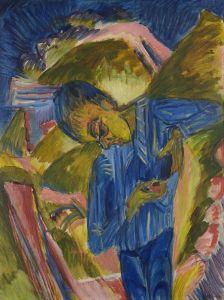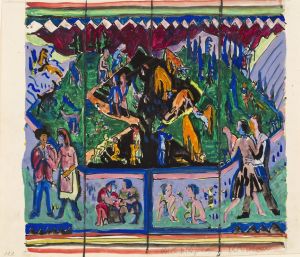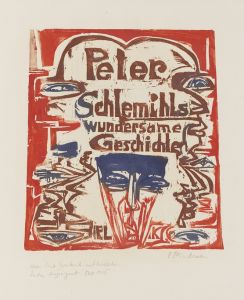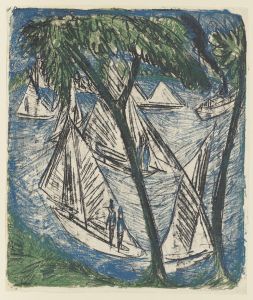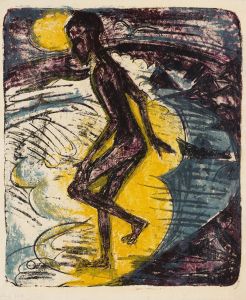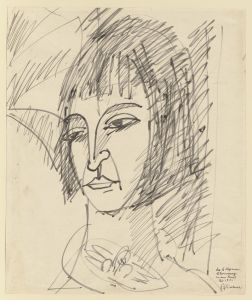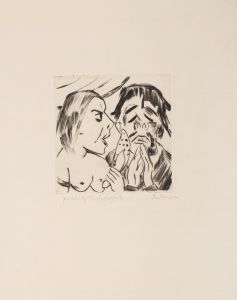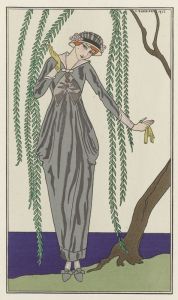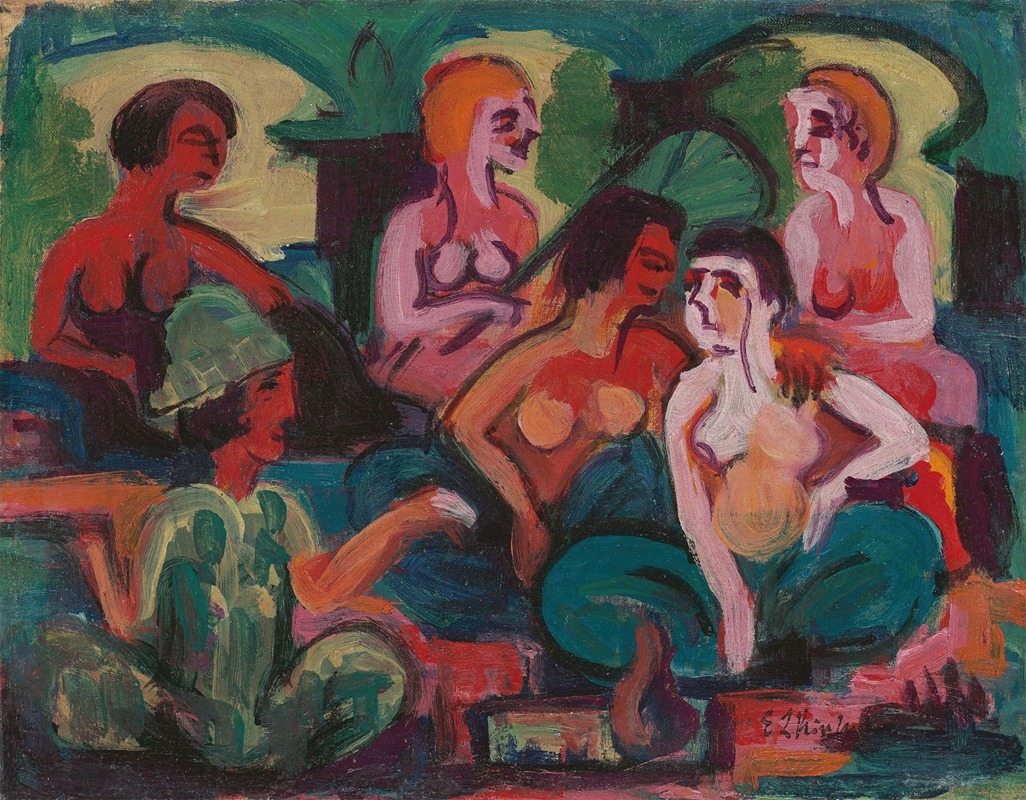
Im Palast der Prinzessinnen
A hand-painted replica of Ernst Ludwig Kirchner’s masterpiece Im Palast der Prinzessinnen, meticulously crafted by professional artists to capture the true essence of the original. Each piece is created with museum-quality canvas and rare mineral pigments, carefully painted by experienced artists with delicate brushstrokes and rich, layered colors to perfectly recreate the texture of the original artwork. Unlike machine-printed reproductions, this hand-painted version brings the painting to life, infused with the artist’s emotions and skill in every stroke. Whether for personal collection or home decoration, it instantly elevates the artistic atmosphere of any space.
Ernst Ludwig Kirchner's painting Im Palast der Prinzessinnen (translated as In the Palace of the Princesses) is a work created by the German Expressionist artist, who was a founding member of the influential art group Die Brücke (The Bridge). Kirchner, born in 1880 in Aschaffenburg, Germany, was a central figure in the Expressionist movement, which sought to convey emotional experience rather than physical reality through bold colors, dynamic compositions, and distorted forms.
Im Palast der Prinzessinnen is believed to have been painted during Kirchner's mature period, a time when he was deeply engaged in exploring themes of modernity, human relationships, and psychological depth. The painting reflects Kirchner's characteristic style, marked by vibrant colors, angular forms, and a sense of movement. Like many of his works, it demonstrates his interest in the human figure and his ability to capture emotional intensity through abstraction and distortion.
The title of the painting suggests a fantastical or dreamlike setting, possibly inspired by Kirchner's fascination with non-Western art and his desire to escape the constraints of modern industrial society. This theme aligns with the broader goals of the Expressionist movement, which often sought to transcend the material world and delve into the spiritual or emotional realms.
Kirchner's work was heavily influenced by his surroundings and personal experiences. After moving to Berlin in 1911, he became captivated by the energy of urban life, which is reflected in many of his paintings. However, the exact context or inspiration behind Im Palast der Prinzessinnen is not well-documented, and specific details about the painting's creation or its intended meaning remain unclear.
Throughout his career, Kirchner faced significant challenges, including the trauma of World War I and the eventual condemnation of his art by the Nazi regime, which labeled his works as "degenerate." Despite these difficulties, Kirchner's contributions to modern art have been widely recognized, and his paintings are celebrated for their innovative approach and emotional power.
Today, Im Palast der Prinzessinnen is considered an important example of Kirchner's artistic legacy. However, detailed information about the painting's provenance, current location, or specific historical context is limited. Kirchner's works are held in major museums and private collections worldwide, and his influence on 20th-century art remains profound.





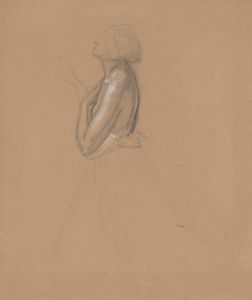
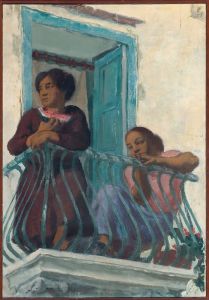

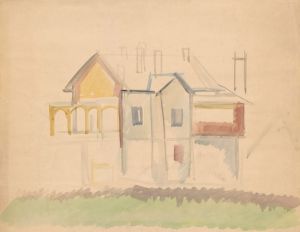
![Interior perspective drawings of Hotel Siwanoy, Mount Vernon, NY.] [Interior perspective of dining room](/imgs/249368/s/winold-reiss-interior-perspective-drawings-of-hotel-siwanoy-mount-vernon-ny-interior-perspective-of-dining-room-d26480cd.jpg)
